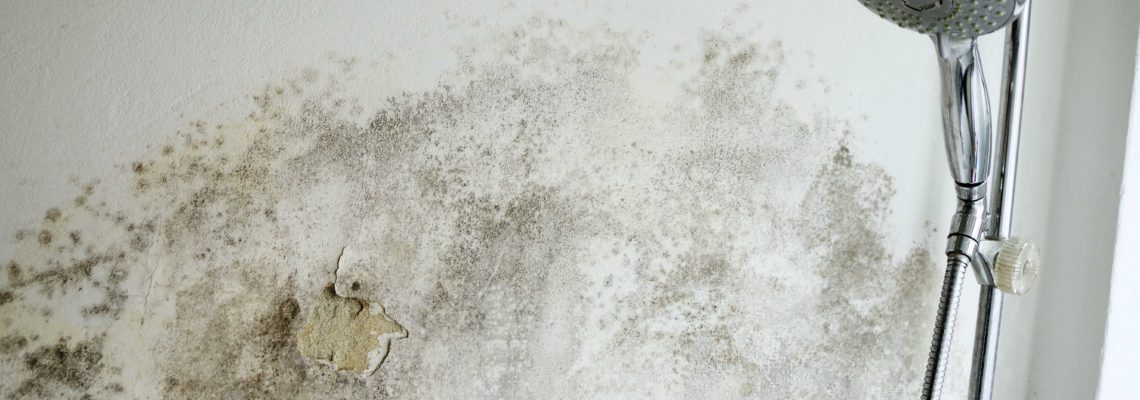Every day, you use quite a bit of water in your bathroom. This means there’s a chance that some of the water can get into your walls or floors and cause damage. This could end up leading to mold damage or structural issues that can be time-consuming and costly to repair. The following tips can help you prevent water damage in your bathroom and avoid the need for water restoration in Springfield Missouri.
Check for Warning Signs Regularly
Keep an eye out for discoloration in your walls or floors, drywall or paint that bubbles, or any musty smells in your bathroom. Make sure there are no soft spots in the walls or leaks under vanities. If you notice any leaks, find the source and ensure it’s fixed properly.
Repair Damaged Tiles
Cracked or broken tiles can allow water to seep in behind walls or under the floors, so they will need to be repaired fast. Also repair any cracked or missing grout and caulking near your tub, shower or sink.
Test Valves Regularly
Valves on your toilet, shower, or sink should be tested on a regular basis to ensure they work. Any wetness or staining near the valves may be a sign of a leak.
Install New Bathroom Fixtures
Toilets can account for up to 40% of your water consumption and older shower heads can use almost double the water of a newer model. If your fixtures are older, you may save water and help prevent future water damage in your bathrooms by upgrading them.
Clear Any Slow Drains
Slow draining sinks or showers are typically caused by a clog. Use a mixture of baking soda and vinegar in the drain or contact a plumber to clear any clogs. Always make sure your sink is dry when you’re done using it.
Be Careful What You Flush
Toilet paper should be the only thing that’s flushed down the toilet as other items can clog the plumbing and lead to leaks. Only use septic-safe toilet paper if you have a septic system.
Use the Exhaust Fan
The exhaust fan should be used whenever you take a shower or use your tub. This pulls out the excess moisture that’s in the air so it won’t enter your walls. Failing to use this could lead to bubbles or mold in your walls. A dehumidifier can also be used if your bathroom has higher humidity levels.
Clean Up Water After Showers
After a shower, remove any standing water from the floor and make sure the water is fully drained from the shower or tub. This will help you make sure there isn’t any standing water in the bathroom. Replace any damaged shower curtains or repair shower doors that might have seals that are damaged.
Clean Up Water that Reaches the Walls
Splashing children can cause water to get onto the floor or walls. Always clean this up as soon as possible to help prevent water damage.
Use Bathmats
Bathmats on the floor outside the shower help catch water to stop it from reaching your floors or building just outside of your shower.
These tips can help you keep your bathroom from being damaged by water. However, if you do ever experience water damage or mold in your house in Springfield Missouri, contact PuroClean Certified Restoration for an estimate.


